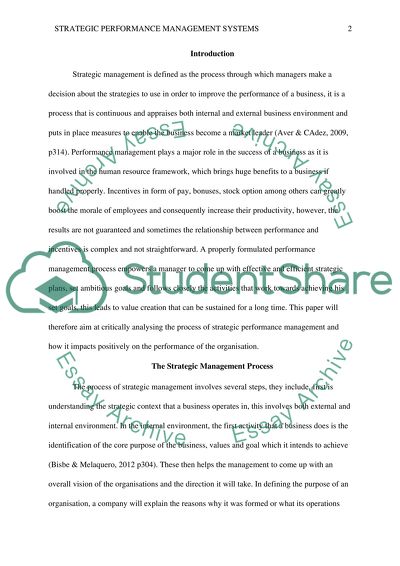Cite this document
(“Strategic performance management systems have beneficial impact on Essay”, n.d.)
Retrieved from https://studentshare.org/finance-accounting/1482970-strategic-performance-management-systems-have
Retrieved from https://studentshare.org/finance-accounting/1482970-strategic-performance-management-systems-have
(Strategic Performance Management Systems Have Beneficial Impact on Essay)
https://studentshare.org/finance-accounting/1482970-strategic-performance-management-systems-have.
https://studentshare.org/finance-accounting/1482970-strategic-performance-management-systems-have.
“Strategic Performance Management Systems Have Beneficial Impact on Essay”, n.d. https://studentshare.org/finance-accounting/1482970-strategic-performance-management-systems-have.


